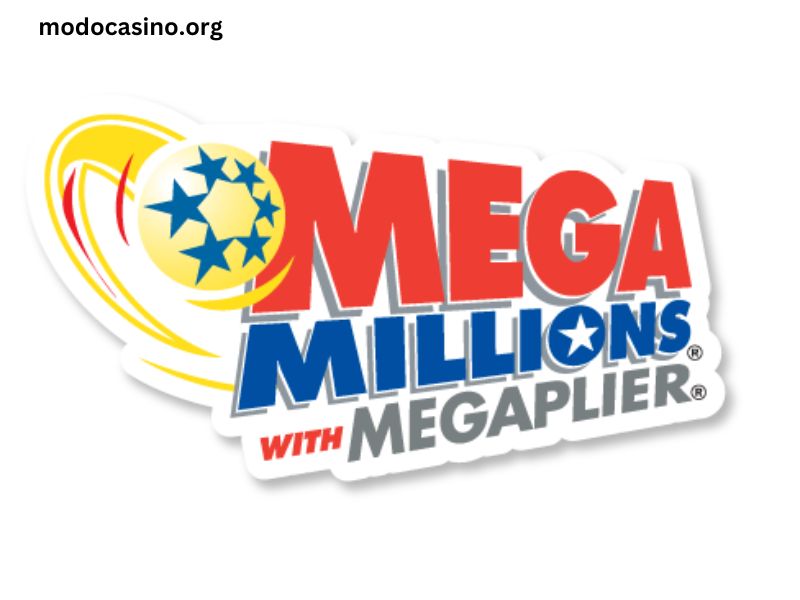The Mega Millions lottery is one of the most popular and lucrative games of chance in the United States, attracting millions of players with its enticing jackpots that often reach into the hundreds of millions of dollars. Understanding the Mega Millions jackpot—how it works, how it’s determined, and what players can expect—can help demystify the allure of this iconic lottery.
What Is Mega Millions?
Mega Millions is a multi-state lottery game that originated in 1996. Initially called “The Big Game,” it was rebranded as Mega Millions in 2002. It is offered in 45 states, the District of Columbia, and the U.S. Virgin Islands. Players choose five numbers from a set of 70 white balls and one number from a set of 25 Mega Balls. Drawings take place twice a week, on Tuesdays and Fridays.
How Is the Jackpot Determined?
The Mega Millions jackpot is determined by several factors, including ticket sales, the number of winners in the previous drawing, and the starting jackpot amount. Here’s a breakdown of how these factors work:
1. Starting Jackpot
The starting jackpot for Mega Millions is $20 million. This base amount can grow significantly, depending on ticket sales and the number of times the jackpot rolls over without a winner.
2. Rollovers
When no one matches all six winning numbers, the jackpot rolls over to the next drawing. This rollover is one of the key reasons Mega Millions jackpots can soar to astronomical figures. Each time the jackpot rolls over, it adds to the total amount available for the next drawing.
3. Ticket Sales
Ticket sales are a major driver of the jackpot amount. As more people buy tickets, the jackpot increases. A percentage of ticket sales is allocated to the jackpot, so higher sales lead to a bigger prize. The growth of the jackpot can be exponential, especially when it reaches high levels that capture the public’s attention.
4. Jackpot Calculation Formula
The formula used to calculate the jackpot is complex and takes into account ticket sales, the number of previous winners, and other factors. The actual payout can vary significantly based on these variables.
Mega Millions Payout Options
Winners of the Mega Millions jackpot can choose between two payout options: the annuity option or the cash option.
1. Annuity Option
The annuity option spreads the jackpot over 30 years, with annual payments increasing by 5% each year. This option allows winners to receive a larger total payout over time, but it requires a long-term commitment.
2. Cash Option
The cash option provides a one-time lump sum payment. This amount is generally less than the advertised jackpot value because it reflects the present cash value of the annuity payments. The cash option is often more popular among winners who prefer immediate access to their funds.
Recent Mega Millions Jackpots
Over the years, Mega Millions has produced some of the largest jackpots in lottery history. Here are a few notable recent jackpots:
- $1.537 Billion (October 2018): This remains the largest Mega Millions jackpot ever won. The winning ticket was purchased in South Carolina, and the winner opted for the cash option, which amounted to approximately $877 million.
- $1.337 Billion (July 2022): A ticket sold in Illinois claimed this massive prize, making headlines around the world.
- $1.05 Billion (January 2023): A winning ticket purchased in Maine won this significant jackpot, showcasing the game’s ability to create life-changing sums of money.
The Odds of Winning the Mega Millions Jackpot
While the jackpots are tantalizing, it’s essential to consider the odds of winning. The odds of winning the Mega Millions jackpot are approximately 1 in 302 million. This stark statistic highlights the sheer randomness of lottery games and serves as a reminder that while playing can be fun, it’s not a reliable way to make money.
Other Prizes
Mega Millions also offers multiple lower-tier prizes, giving players more chances to win. The odds of winning any prize in Mega Millions are about 1 in 24, which means many players experience wins even if they don’t hit the jackpot.
The Impact of Mega Millions on Communities
The Mega Millions lottery generates significant revenue for the states that participate. A portion of the proceeds from ticket sales goes to public education, infrastructure, and various community programs. This funding can have a positive impact on local economies and services, making the lottery a source of both entertainment and support for community initiatives.
Responsible Play and Gambling Considerations
While the prospect of winning a Mega Millions jackpot can be thrilling, it’s important for players to engage in responsible gambling practices. Here are some tips to keep in mind:
- Set a Budget: Determine how much you’re willing to spend on lottery tickets, and stick to that budget.
- Play for Fun: Treat lottery playing as entertainment rather than a reliable way to make money.
- Avoid Chasing Losses: If you don’t win, resist the urge to buy more tickets in hopes of recouping losses.
- Know the Odds: Understand that the odds of winning are extremely low. This knowledge can help you maintain a realistic perspective.
The Future of Mega Millions
As Mega Millions continues to grow in popularity, the jackpots are likely to keep increasing. Innovations in ticket sales and the possibility of additional states joining the game could lead to even larger prizes. The game’s ability to adapt and remain relevant in an ever-changing lottery landscape will be crucial to its ongoing success.
Conclusion
The Mega Millions jackpot is a beacon of hope for many players dreaming of life-changing wealth. With its massive prizes, the thrill of the draw, and the potential for community support, Mega Millions has secured its place in American culture. While the odds may be steep, the excitement of the game brings people together and fuels dreams of what could be. Whether you choose to play for fun or simply enjoy watching the draws, the Mega Millions jackpot remains one of the most captivating aspects of modern lottery gaming.




